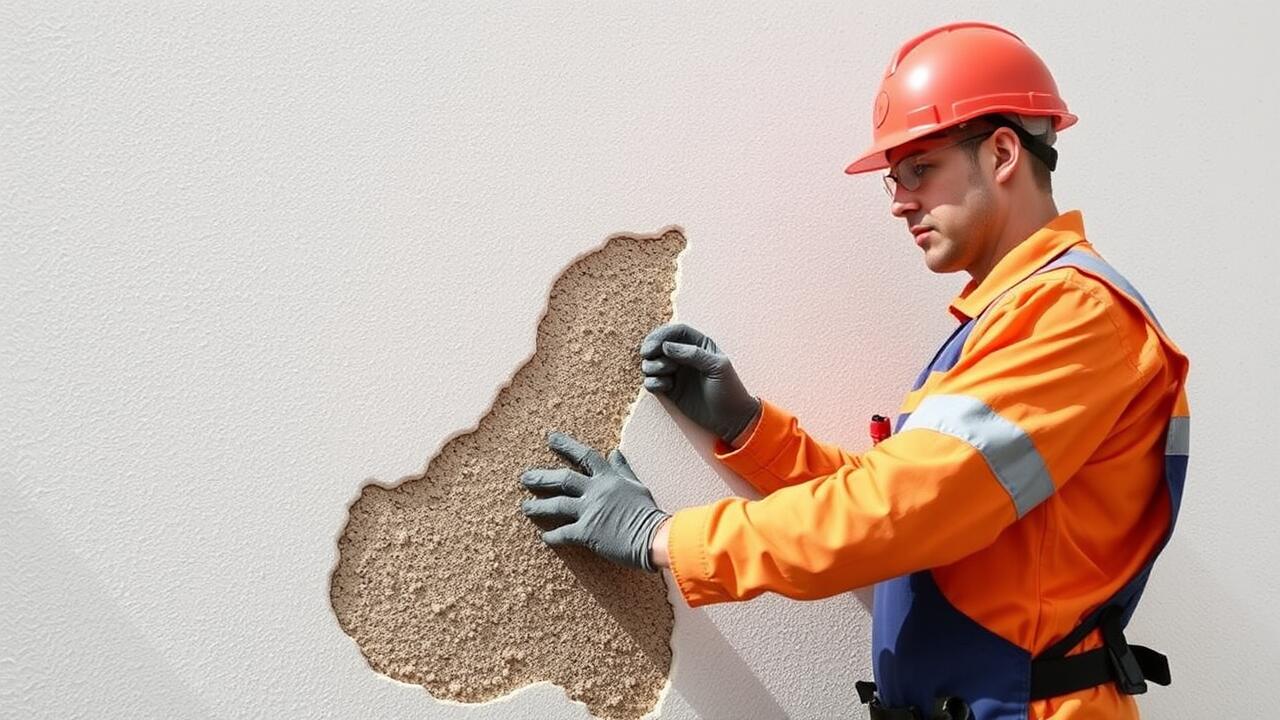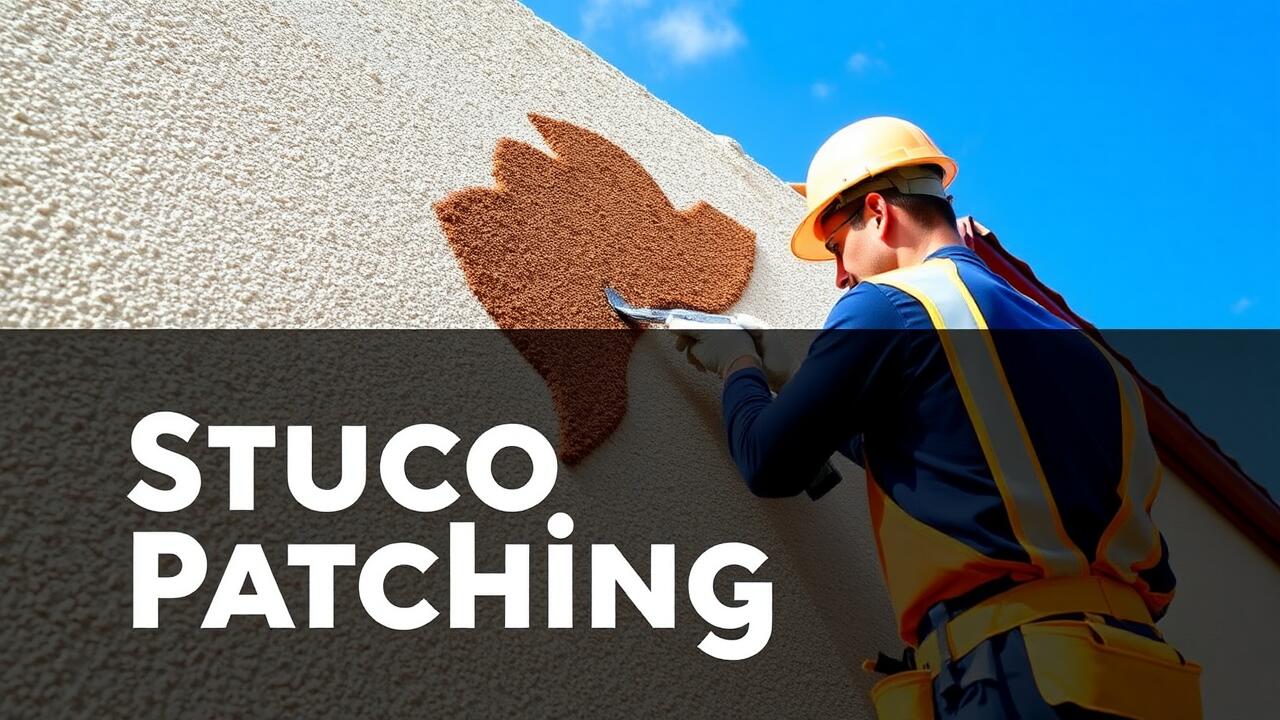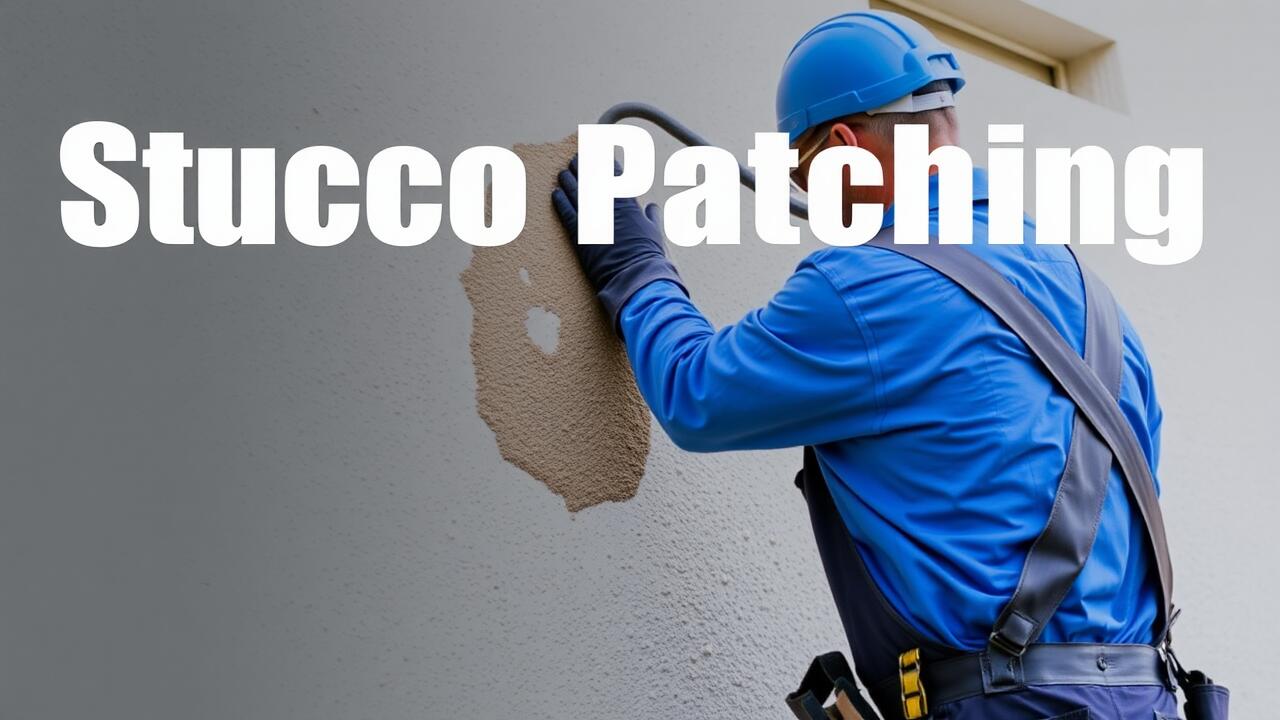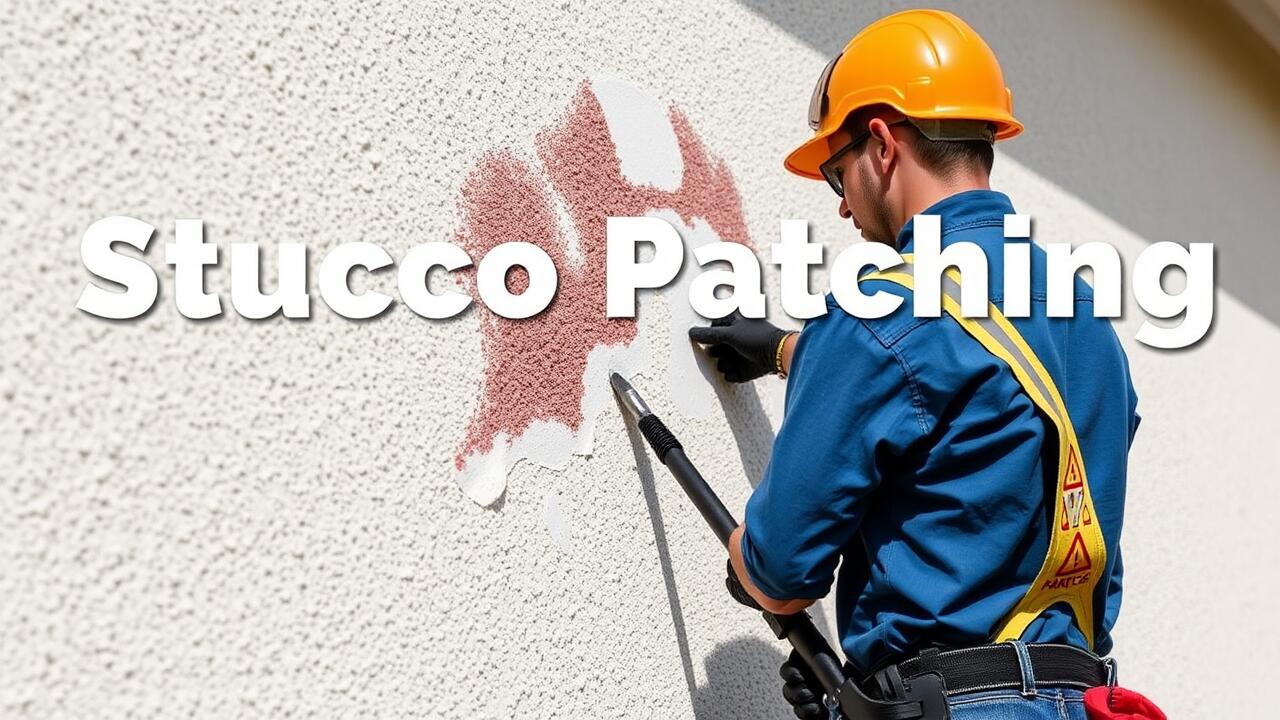
Timing Your Primer Application
Applying primer at the right time is crucial in the stucco patching process. Environmental factors such as temperature and humidity can significantly influence the effectiveness of the primer. Ideally, the application should take place when temperatures range between 50°F and 85°F. In locations like Echo Park, Los Angeles, homeowners should avoid applying primer during extreme heat or cold, as these conditions can lead to improper adhesion and drying issues.
After the patching material has dried sufficiently, the next step is to apply primer. Allowing adequate curing time ensures that the patching material bonds well with the primer. It is advisable to perform a touch test on the patch; it should feel solid and dry to the touch before applying primer. This approach leads to better results, protecting the repair and facilitating a uniform finish in stucco projects around Echo Park, Los Angeles.
Ideal Conditions for Optimal Results
For optimal results in stucco patching, it is essential to apply primer under the right conditions. Humidity levels should be moderate to ensure the primer adheres properly without risking peeling or bubbling. Ideally, the temperature should range from 50°F to 85°F. Both excessively hot and cold conditions can adversely affect the drying time and the bonding capability of the primer.
In Echo Park, Los Angeles Stucco Patching, timing plays a critical role in the application process. Applications should be conducted on dry days to minimize moisture interference. Additionally, it is advisable to avoid primer application during direct sunlight exposure. Working in the shade can also help the primer maintain a consistent temperature, which promotes an even finish and strong adherence.
Common Mistakes in Primer Use
Many homeowners overlook the importance of proper surface preparation before applying primer. Failing to clean the stucco surface can lead to poor adhesion, causing the primer to peel away over time. Dust, dirt, and moisture can interfere with the bonding process, leading to unsatisfactory results. In places like Echo Park, Los Angeles, where the climate can vary, taking the time to ensure the surface is clean and dry is crucial for a durable finish.
Another common mistake is applying too much primer in a single coat. While it may seem efficient, excessive thickness can result in unevenness and longer drying times. Using multiple thin coats instead allows for better absorption and a more consistent finish. In regions such as Echo Park, Los Angeles, where stucco patching is common, understanding the right amount of primer to use can make a significant difference in the final outcome.
Avoiding Pitfalls in Stucco Preparation
Proper stucco preparation is critical to achieving a durable and visually appealing finish. One common pitfall is neglecting a clean surface before applying primer. Dirt, dust, and loose particles can compromise adhesion. In areas like Echo Park, Los Angeles, stucco patching requires diligent surface preparation to prevent premature peeling or flaking. Using a power washer or a stiff brush can effectively remove contaminants and provide a solid foundation for the primer.
Another frequent mistake involves overlooking weather conditions during the preparation phase. Applying primer in high humidity or extreme temperatures can lead to poor curing and reduced bond strength. It is essential to monitor the forecast and schedule your work accordingly. In Echo Park, Los Angeles, where climate can vary, ensuring the right environmental conditions can help deliver a quality stucco finish that stands up to local weather challenges.
The Impact of Primer on Aesthetic Finish
Primer plays a crucial role in achieving a consistent aesthetic finish when patching stucco. By creating a uniform surface, primer helps ensure that paint adheres evenly, minimizing the risk of blotchy or uneven coloration. In the context of projects like Echo Park, Los Angeles stucco patching, proper use of primer can dramatically enhance the final appearance, making it more appealing and durable.
The texture and color achieved after priming can significantly influence the overall aesthetic of stucco surfaces. When applied correctly, primer not only prepares the surface for paint but can also enhance the final hue and texture. This is particularly important in residential areas such as Echo Park, where homeowners may seek specific styles that harmonize with the surrounding environment. Therefore, careful attention to primer application can lead to striking visual outcomes.
Achieving Desired Color and Texture
Selecting the right primer significantly influences the final appearance of a stucco patch. A quality primer not only facilitates adhesion but also serves as a canvas for the topcoat. The decision on primer color can impact the overall look; using a tinted primer that closely matches the desired finish can help achieve a more uniform color. This approach reduces the number of topcoat applications while helping to prevent any potential paint color discrepancies during and after the finishing process.
In areas like Echo Park, Los Angeles, where aesthetic appeal plays a vital role, achieving the right texture is equally important. Textured primers can enhance the depth of the finish, helping patches blend seamlessly with the surrounding surfaces. When applied correctly, the primer adds character and dimension, which can elevate the overall aesthetic of the stucco work. For the best results, pay close attention to the type of textures used in the surroundings to ensure a cohesive appearance, reflecting the unique architectural style of the area.
FAQS
Why is primer important in stucco patching?
Primer is essential in stucco patching as it ensures better adhesion of the stucco to the surface, prevents moisture infiltration, and helps achieve a uniform finish.
When should I apply primer during the stucco patching process?
Primer should be applied after the patching material has cured but before the final coat of stucco. This timing helps ensure that the primer bonds effectively to the surface.
What are the ideal conditions for applying primer?
The ideal conditions for primer application include dry weather, moderate temperatures, and low humidity. These factors help the primer dry properly and enhance its performance.
What common mistakes should I avoid when using primer for stucco?
Common mistakes include applying primer on surfaces that are too wet, not allowing sufficient drying time between coats, and using the wrong type of primer for the stucco material.
How does primer affect the final appearance of stucco?
Primer impacts the final appearance of stucco by providing a uniform base, which helps in achieving the desired color and texture while preventing any discoloration from the underlying surface.




